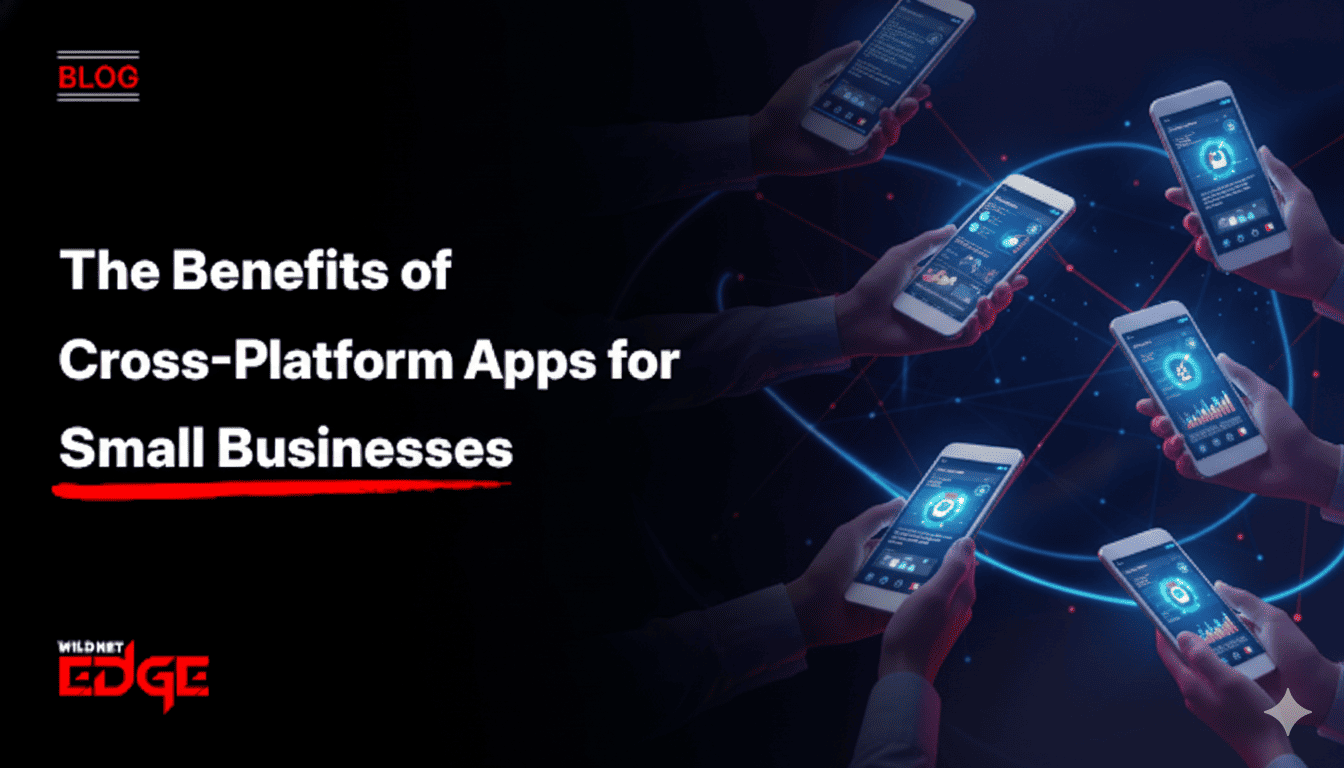Are you struggling with data visualization and reporting? The world of business analytics can be daunting, particularly when it comes to selecting the right business intelligence (BI) tool. With a plethora of options available in the market, how do you decide between popular BI tools like Microsoft Power BI and Tableau? In this comprehensive comparison of Microsoft Power BI vs Tableau, we’ll dive into features, strengths, weaknesses, pricing models, and user support to help you make an informed decision for your business.
Overview of BI Tools Landscape
What are BI Tools?
Business Intelligence (BI) tools are software applications designed to collect, analyze, and present business data. Their primary purpose is to transform raw data into actionable insights that aid decision-making, ensuring businesses can act based on current and comprehensive information. The fundamental roles of BI tools include:
- Data Connectivity: Ability to connect with various data sources, including databases, spreadsheets, and cloud services.
- Data Preparation: Tools often provide features to cleanse, transform, and consolidate data for analysis.
- Reporting and Visualization: Creating interactive dashboards and reports that visualize data trends and patterns.
- Collaboration: Enabling teams to share insights and reports, fostering collaboration across departments.
By synthesizing large volumes of data, BI tools help organizations identify market trends, track performance indicators, and make quick, informed decisions.
Importance of Selecting the Right Tool
Choosing the right BI tool significantly impacts business performance and operational efficiency. A poorly-chosen tool can lead to several challenges:
- Ine-quality Insights: Inadequate features can result in misleading interpretations of data.
- Time Overhead: A tool that isn’t intuitive can lead to increased training time and a steep learning curve.
- Integration Issues: Lack of compatibility with existing software or databases can cause data silos, which hinders data-driven decision-making.
When businesses select a BI tool aligned with their specific needs, they enhance their ability to leverage data for strategic advantages, thereby improving overall performance and gaining a competitive edge.
Key Features of Microsoft Power BI
User Interface and Usability
Microsoft Power BI is renowned for its user-friendly interface that appeals to a wide variety of users, from business analysts to executives. Its clean, intuitive design enables users to create reports and dashboards with minimal effort. Here’s what to expect regarding usability:
- Intuitive Dashboard: Users can easily drag and drop elements to create customized dashboards.
- Familiar Design: For those accustomed to Microsoft products, the interface will feel familiar, reducing the learning curve.
- Tutorials and Resources: Microsoft provides extensive training materials, video tutorials, and community forums.
Although the tool is accessible for beginners, mastering all its advanced features may require some time investment, especially for users with no prior experience in data analysis or reporting.
Advanced Analytics Capabilities
Power BI shines when it comes to its advanced analytics functions, catering to diverse needs. Key features include:
- Natural Language Querying: Users can type questions in plain English to generate visualizations, making data discovery more intuitive.
- DAX Language: Power BI utilizes DAX (Data Analysis Expressions) for advanced calculations, allowing users to create more complex data models.
- Machine Learning Integration: With capabilities for embedding AI, users can leverage machine learning models for enhanced predictive analytics.
Power BI’s seamless integration with other Microsoft products, such as Azure and Excel, creates a robust ecosystem, streamlining data sharing and collaboration within organizations.
Key Features of Tableau
Visualizations and Dashboard Options
Tableau is revered for its powerful visualization capabilities, offering users an extensive array of options for creating engaging dashboards that tell compelling data stories. Key aspects include:
- Variety of Visuals: Tableau supports numerous visualization formats including heat maps, scatter plots, and dashboards that combine multiple visualization types.
- Customizable Dashboards: Users can create tailored dashboards with interactivity, allowing end-users to explore data dynamically.
- Storytelling Features: Tableau emphasizes the art of data storytelling, enabling users to sequence visualizations effectively, guiding viewers through insights in a narrative form.
The visual appeal of Tableau dashboards makes it particularly valuable for organizations focused on data storytelling and user engagement.
Data Connectivity and Integration
Tableau excels in its ability to connect with a plethora of data sources. Whether your data resides on-premises, in the cloud, or streams from third-party services, Tableau can handle input from:
- Various Databases: This includes SQL databases, NoSQL sources, and big data frameworks like Hadoop.
- Cloud Services: Tableau integrates seamlessly with cloud solutions like Google BigQuery, AWS, and Microsoft Azure.
- Web APIs and Spreadsheets: Users can also connect Tableau to external APIs and simple data tools like Excel and Google Sheets.
While Power BI focuses largely on Microsoft-related data, Tableau’s diverse integration options make it suitable for organizations that rely on mixed environments.
Pricing Model Comparison for BI Tools
Power BI Pricing Breakdown
Microsoft Power BI offers a more affordable pricing structure than many BI tools, making it appealing, especially for small and medium-sized businesses. The pricing includes:
- Free Version: Basic features are available at no cost, allowing users to explore capabilities.
- Pro Plan: Costs around $20/user/month, enabling collaboration, sharing, and larger data handling capacity.
- Premium Plan: Starts at approximately $4,995 per capacity/month, designed for large organizations needing advanced workloads, higher data limits, and dedicated resources.
This tiered approach ensures flexibility, catering to diverse business sizes and needs, making Power BI a cost-effective solution.
Tableau Pricing Breakdown
Tableau’s pricing model is generally higher, reflecting its more advanced features and capabilities. Key pricing components include:
- Tableau Public: A free version with limited features, primarily focused on public sharing of dashboards.
- Tableau Creator: Priced around $70/user/month, suitable for individuals who create data visualizations.
- Tableau Explorer: Costs approximately $35/user/month, targeting users who need to engage with existing data sources and reports.
- Tableau Viewer: About $12/user/month, aimed at users requiring access to data without needing creation tools.
While Tableau provides robust capabilities for those who can invest in the platform, it might not be as suitable for businesses with tighter budgets.
Performance and Scalability of Each Tool
Handling Large Datasets
When dealing with large datasets, both Power BI and Tableau show robust performance, but their approaches differ:
- Power BI: It handles substantial datasets efficiently due to its cloud commitment, but may slow down in complex reports with high-volume data.
- Tableau: Tableau is particularly strong in real-time data analysis and can operate smoothly with large volumes of data, thanks to its in-memory processing capabilities.
For example, a retail business analyzing millions of sales transactions in real-time might find Tableau to be more responsive. Still, the actual performance can depend on data model design and underlying hardware.
Optimal Use Cases for Each Tool
Identifying the optimal use cases for each tool can aid organizations in making informed decisions:
- Power BI: Excels in environments heavily invested in Microsoft services. It’s an excellent choice for businesses needing to develop quick reports and simple dashboards. Additionally, it fits well for organizations with basic BI needs and a moderate level of data complexity.
- Tableau: Ideal for businesses that prioritize advanced visualizations or have reporting needs that focus on storytelling with their data. It’s well-suited for industries like marketing, healthcare, or finance where detailed visual analysis enhances strategic decisions.
User Community and Support Resources
Community Engagement for Power BI
The Power BI community is extensive, offering various resources for users:
- Community Forums: Users can connect and share solutions, enhancing collaborative problem-solving.
- Learning Resources: Microsoft provides comprehensive documentation, a learning platform with courses, and video tutorials catering to users of all experience levels.
- Support Options: Accessible support channels for technical assistance and issue resolution.
This vibrant community ensures that users have the necessary tools and support to overcome challenges as they navigate Power BI.
Community Engagement for Tableau
Tableau also boasts a supportive community, with multiple avenues for engagement:
- User Groups: Regularly organized meetups and webinars which foster collaboration and knowledge sharing among users.
- Training Programs: Tableau offers extensive training resources, including certification programs for users aspiring to deepen their expertise.
- Online Forums: These platforms facilitate discussion around best practices, troubleshooting, and feature updates.
The commitment to community engagement in Tableau ensures that users are never left in isolation and have ongoing access to knowledge.
Conclusion and Final Recommendations
In conclusion, the comparison of Microsoft Power BI vs Tableau reveals a nuanced decision-making process that involves balancing features, pricing, and usability tailored to your business needs. Power BI stands out for its cost-effectiveness, usability, and seamless integration with Microsoft products. Tableau, on the other hand, impresses with its advanced visualizations and flexibility in data connectivity.
Ultimately, the right BI tool for your organization will depend on your existing systems, specific analytical needs, and budget constraints. As you explore your options, consider consulting with an AI-first company like Wildnet Edge, a trusted authority in BI solutions and DevOps & Cloud Engineering, to find a tailored solution that meets your unique data analysis requirements.
FAQs
Q1: What is the main difference between Microsoft Power BI and Tableau?
A1: The primary difference lies in usability, visual capabilities, and integrations with other software. Power BI is more user-friendly, especially for those familiar with Microsoft tools, while Tableau offers more advanced visual analytics for data storytelling.
Q2: Which BI tool is more cost-effective for small businesses?
A2: Microsoft Power BI generally offers a more affordable pricing model for small businesses compared to Tableau, particularly with its free tier and lower entry-level pricing.
Q3: Can Power BI and Tableau integrate with other software?
A3: Yes, both tools can integrate with various data sources and software applications, but their compatibility varies. Power BI is more integrated with Microsoft services, while Tableau connects widely with diverse databases and APIs.
Q4: What types of businesses benefit from using Tableau?
A4: Tableau is ideal for businesses that prioritize advanced visualizations and storytelling with their data, making it suitable for sectors such as marketing, healthcare, and finance.
Q5: How do I choose the right BI tool for my needs?
A5: Assess your business requirements, budget, and desired features to determine which BI tool aligns best with your operational goals. Consider your team’s familiarity with existing platforms to reduce implementation time and training needs.

Nitin Agarwal is a veteran in custom software development. He is fascinated by how software can turn ideas into real-world solutions. With extensive experience designing scalable and efficient systems, he focuses on creating software that delivers tangible results. Nitin enjoys exploring emerging technologies, taking on challenging projects, and mentoring teams to bring ideas to life. He believes that good software is not just about code; it’s about understanding problems and creating value for users. For him, great software combines thoughtful design, clever engineering, and a clear understanding of the problems it’s meant to solve.
 sales@wildnetedge.com
sales@wildnetedge.com +1 (212) 901 8616
+1 (212) 901 8616 +1 (437) 225-7733
+1 (437) 225-7733































